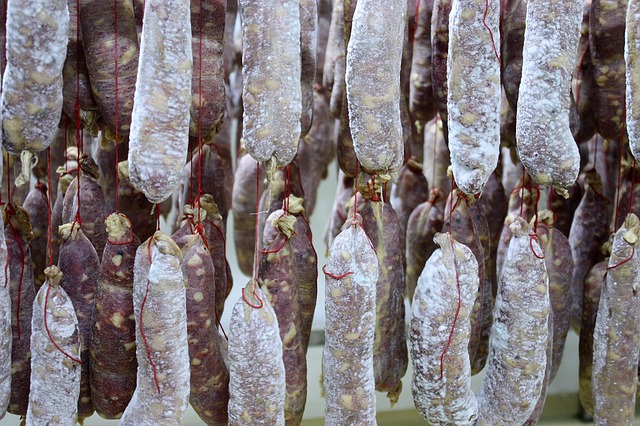Sometimes there are food preparation processes that are not covered by online food training or specifically detailed under Minnesota food code regulations. So what should a food safety manager do if they cannot find a specific guideline for their unique food preparation technique?

Unique Food Preparation Processes
If you have a food preparation process that you’re unsure about or cannot find any rule that addresses your situation, you may be required to obtain a variance from your local health inspector. There are too many cooking and storing processes to name in one article, but some situations that may require a variance include:
- Smoking or Curing
- Sprouting Seeds or Beans
- Preserving
- Custom Animal Processing
- Reduced Oxygen Packaging
These five items are just examples of food preparation techniques that may require a variance from the health department. If your methods are not covered under the health code, or if you’re unsure, we advise you to contact your local health department.
Using the health department as a resource in situations of uncertainty helps keep the food you serve safe. Online food training and thumbing through the food code is a great start, but it’s best not to proceed until you ensure that your process produces safe to eat foods.
Obtaining a variance from the department of health is not as complicated as you may think. A local health inspector will need to come to your facility and observe your food preparation method. This is a great opportunity to discuss your cooking methods and potentially learn safer ways to prepare your food under these special circumstances. During the health inspector’s observation, they will let you know whether or not they approve of your methods. If they decide not to grant your procedure a variance, ask questions and seek advice from these professionals on how to prepare these items safely.
Do you have a cooking procedure/food preparation processes that does not seem to fall under standard health code rules?



One Reply to “Online Food Training for Special Food Preparation Processes”